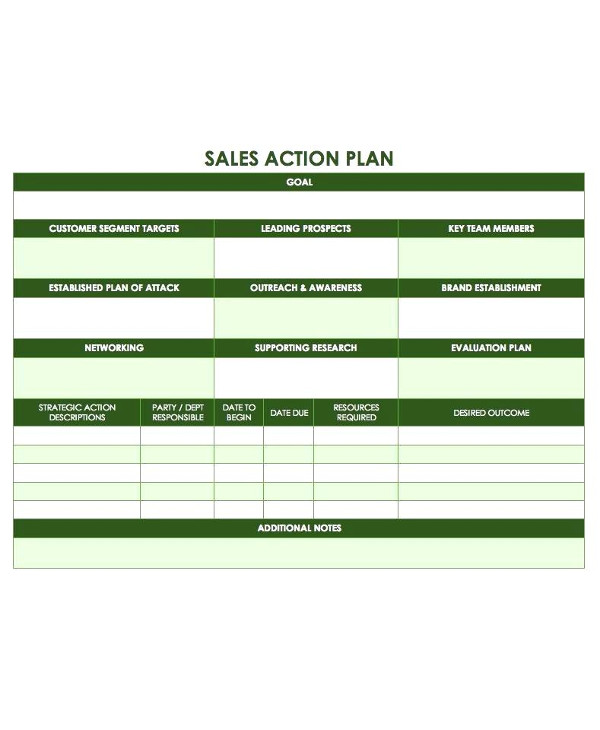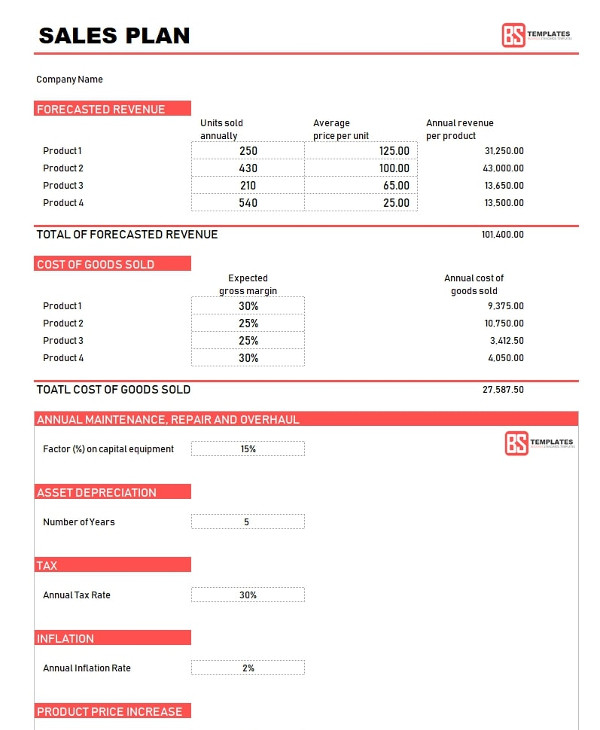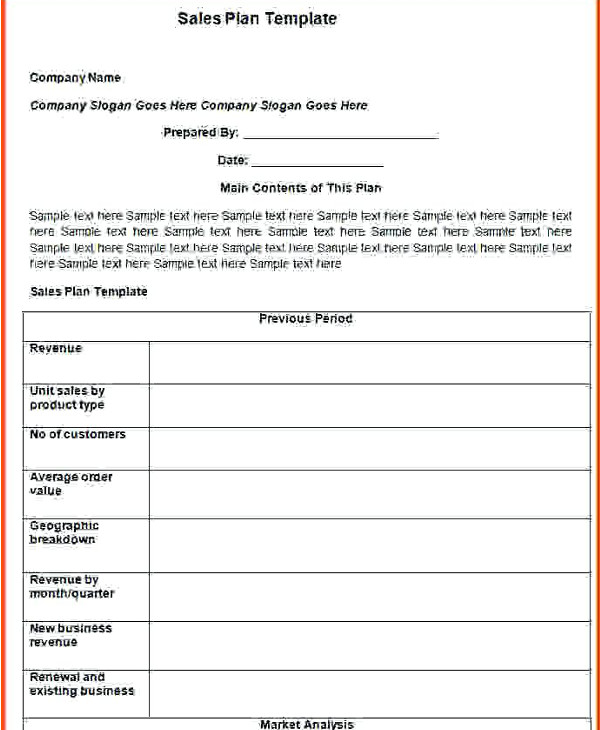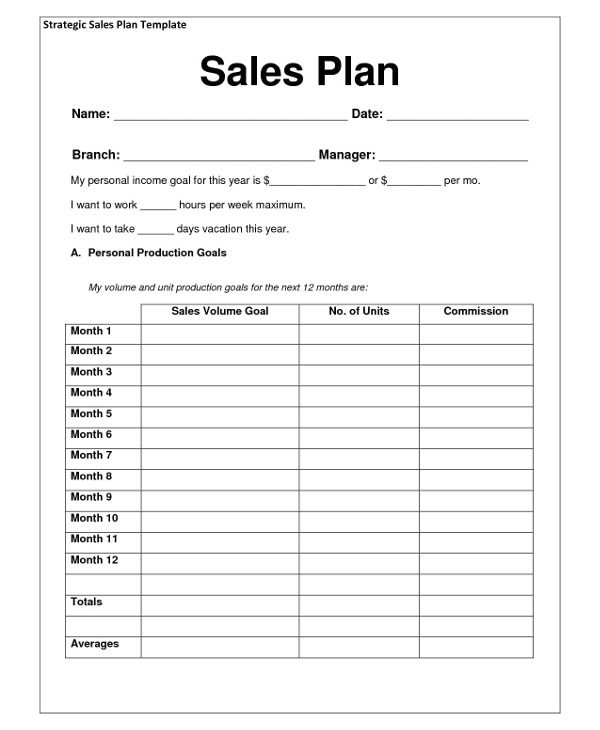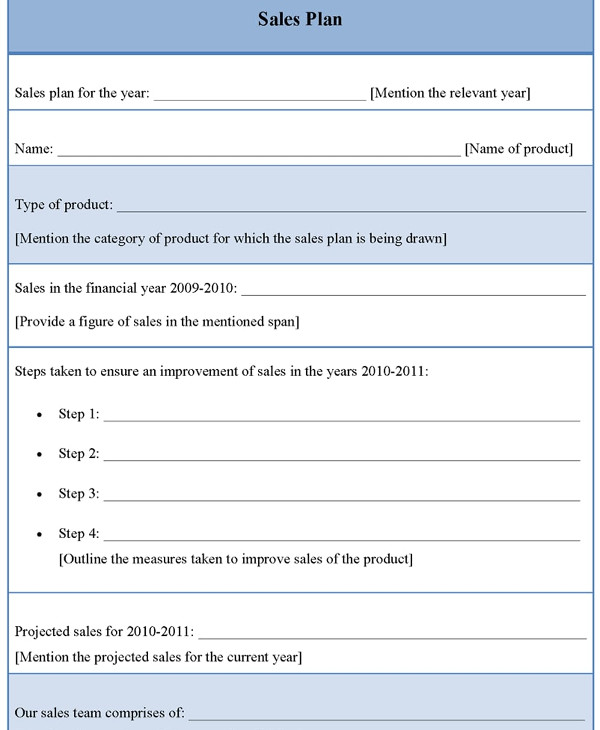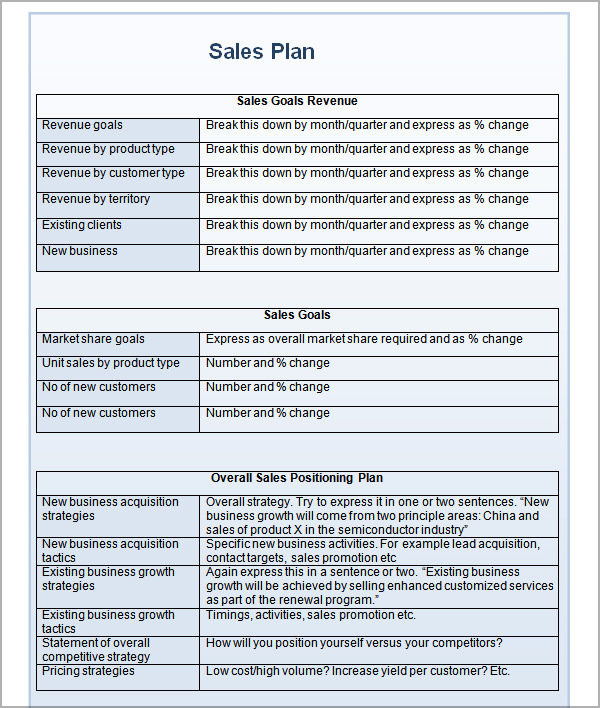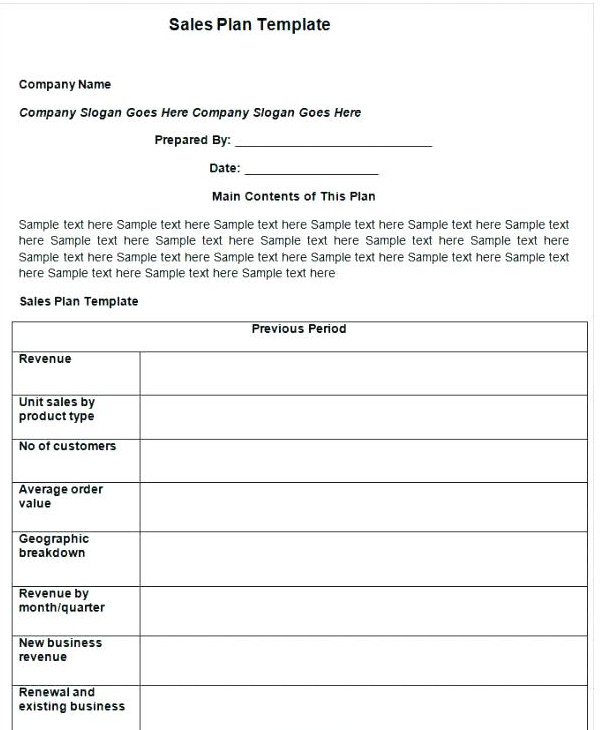10+ Annual Sales Plan Examples to Download
They say that the end of the year marks the start of a brand new beginning. But with another year about to close out, the excitement about what’s to come begins to fill our systems, not to mention the tremendous amount of frustration from spending countless hours putting together next year’s sales plan. You may also see territory sales plan examples.
- 9+ Printable Strategic Sales Plan Examples – PDF
- 10+ Restaurant Sales Plan Examples – PDF, Word, Pages
While we can all agree how difficult refining our sales strategy can be, if done correctly, a good sales plan is sure to put us on the right path. But in order to ace the annual planning process, what follows is an in-depth review of how your sales team can develop its sales and growth plans. So buckle up and prepare yourself for a wondrous journey around the annual planning universe!
Annual Sales Plan Template
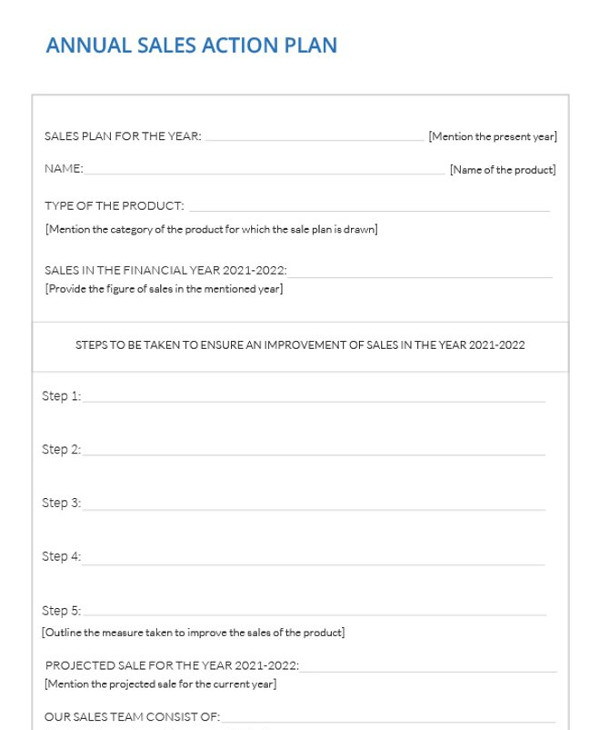
Annual Sales Action Plan Example
Annual Sales Action Plan Template
Reasons Why Some Plans Fail
Plans fail for different reasons. Some might have been inevitable from the start, others might have encountered a bump down the road and have never recovered since. To understand why so many plans fail, let’s take a look at the following scenarios:
1. An annual plan is, well, an annual plan.
Looking back at all the ups and downs that have occurred in the past months, it’s safe to say that a lot can happen in a year, most of which go beyond our wildest imaginations. We aren’t psychics; it’s impossible for us to see into the future. We don’t know what’s going to happen in eight hours, or tomorrow, let alone in October 2020. You may also see legal strategic plan.
Truth is, covering an annual time frame is what makes annual planning a challenging task to accomplish. Going over a 12-month time period is extremely difficult, especially when a number of hurdles are bound to come your way. This is why it’s important for your sales team to create an annual plan that can be modified at least every quarter. Having to go through this process four times a year might not seem very enticing, but a flexible plan is sure to offer less disruption and drive far better results than a measly 12-month plan. You may also see weekly plan examples.
2. People often confuse goal-setting with planning.
This isn’t to put goal-setting in a bad light, as we all know how important it is for an organization to define what they want to achieve by the end of a particular time period. But if we had to really think about it, the market and the rest of the world could care less about what you want to do and what you need to do. This makes goals an essential part of the planning process, but not the actual drivers of a good plan. Instead, you need to recognize the fine line that separates reality from your team’s vision, as this will help you figure out what you can do for the future of the company. You may also like simple business plan examples.
3. Trusting your gut instead of actual data.
Assumptions are a bad ingredient to any business plan. Though you might argue that your “gut feeling” did get it right during a few instances, you also need to realize that it could have been coincidental.
At its core, a good plan should be supported by reality-based data. This is typically generated from long hours of research and analysis on previous sales records, annual plans, and market performance. Without a highly disciplined math exercise, backed by significant data, it’s impossible to create a valid plan. You may also check out work plan examples.
4. Failing to invest properly.
Many companies go bankrupt due to poor investments. This usually happens in an attempt to increase efficiency by investing on the latest business models or industrial machines. Though the success rate of these investments would usually vary depending on various factors, leaders must always assess how a certain investment may help the company achieve its goals in any way. It might be tempting to purchase a bigger warehouse for your company’s stocks, but is it really practical at this point in your journey?
In the process of planning, you need to determine either of the two things: what you need to allocate and invest in order to obtain your objective, or the results you can garner from the amount you’re willing to spend. You may also see daily plan examples.
5. Putting execution a step ahead of the model.
We’re always eager to get something done as soon as possible. This is why many of us have developed this bad habit of springing right into action without paying much attention to the prior steps of a plan.
As the leader of your team, you need to be patient and take things one step at a time. This will help you create a plan that’s built on clarity and certainty for better results. You may also see transition plan examples.
Annual Sales Compensation Plan Example
Annual Sales Plan Example
Annual Sales Plan for Business Example
Annual Strategic Sales Plan Template
Blank Annual Sales Plan Example
What You Need to Know about Annual Sales Planning
A strategic sales plan is generally composed of three distinct parts: sales forecasting and goal-setting, market and customer research, along with prospecting and partnerships. It starts with your high-level goals, which then considers various market factors, followed by who you know and how you could find more prospects to help hit your sales goals.
Sales Forecasting and Goal-Setting
It’s hard to make a plan without knowing what you want to achieve by the end of it all. In most cases, this would depend on a chosen metric that will help you determine whether your tactics have been successful or not. A realistic sales goal is typically based on the size of the market, your company goals, as well as the experience and resources available to your sales team. You may also like job plan examples.
Once your goals have been defined, you must then break it down into smaller, more manageable expectations for you to attain. These milestones mark the minor (yet equally fulfilling) accomplishments that will help you in tracking whether or not you’re on the right path. However, keep in mind that clear deadlines and manageable milestones take a good amount of time and research to develop. This should challenge and motivate your sales team to do better after every obstacle encountered. You may also check out advertising plan examples.
Market and Customer Research
Every company has a niche that they want to pursue, until such time they decide to expand their services to cater to a wider audience. A niche basically refers to what your business specializes in, not just in products and services, but with your content as well. This includes your company’s culture, your means of branding, and your overall message. Your niche is what differentiates you from leading competitors in the market for consumers to recognize. This is usually identified by looking into your company’s strengths, weaknesses, opportunities, and threats, or by conducting a SWOT analysis.
Your niche would also help you determine your target market. Say for example, a company in the beauty industry, which specializes in different types of cosmetics, usually targets teenagers and young adults who might be interested in makeup and skin care products. Knowing who your customers are will make it easier to define your sales strategies for the company’s growth. You might be interested in event plan examples.
While targeting the consumer public as a whole may seem like a better plan, you have to remember that the only way to increase sales is to focus on a specific group that will relate most to what you have to offer.
Prospecting and Partnerships
Now comes the “selling” part of the process. In certain cases, building a prospect list of people who would benefit from your product or service is the first step of the test. This will help you determine whether or not your product or service offers are of the best interest of your target audience. This is typically how a business can gain clients who might be interested in what they have to offer. You may also see annual plan examples.
In a sense, a solid sales plan should qualify prospects before you can reach out to them.
Additionally, it’s always a good idea to leverage current client relationships as opposed to focusing too much of your time and effort finding new business leads. After all, word-of-mouth, introductions, and current customers can already contribute to a solid lead growth. You may also like company plan examples.
And it’s not over yet! Even after you have completed the necessary steps to build a bulletproof sales plan, you still have to track, measure, and adjust as needed. Things are likely to change along the way, often generating results that are from what you have expected. This is why it’s important to monitor the flow of your plan on a regular basis to evaluate how it’s working out for you so far. Any problems detected during this journey must then be handled accordingly before it can escalate any further. You may also see financial plan examples.
Company Annual Sales Plan Example
Sample Annual Sales Plan
Simple Annual Sales Plan Example
How to Create an Annual Sales Plan
“Success is a well-planned event,” or so they say.
Having a well-thought-out (and executed) annual sales plan certainly plays a significant part to this success. But to create an effective sales plan for the company to live by, there are a few components that one must consider:
1. Evaluate your key performance indicators.
A little flashback on your sales performance for the past 2 to 3 years will give you an idea as to how you can create your annual plan. Though your sales process and KPIs may greatly vary depending on the type of business you run, here are some of the most common indicators that will help in your planning process:
- Increase in sales from year to year, quarter to quarter, and month to month
- Sales trends every three years
- Sales per sales rep with trends
- Sales by product or service line (along with the growth trends for each)
- Sales by industry or consumer market and sales territory
- New customer sales growth vs. existing business
- Statistics in customer retention
- Cost of marketing and sales efforts, as well as trends and productivity
2. Study your target market.
The best way to boost company sales is to learn more about your target market. This includes the market trends showing growth or contraction, your response to this behavior, your means of growing market share, potential trends to capitalize on, and other related factors. Evaluating the current state of your market is vital in sales planning, as it helps you determine how you can react to the significant changes among your customers’ buying behavior. You may also like assessment plan examples.
3. Examine product and service offerings.
Perhaps you can optimize on some of your best-sellers, release a new line of product or service offers that have been in the works, or maybe even implement the discontinuation of those performing poorly. Based on your sales data, you need to identify which product or service offerings can make it to the new year. Having a healthy mix of offerings should provide consumers with a variety of quality goods that they can benefit from. You may also check out quality plan examples.
So whatever you decide on doing, you have to make sure your sales team is fully equipped for the upcoming year.
4. Assess your consumer base.
We all know that current (or loyal) customers can be a stable source of revenue to rely on. With that being said, you need to consider what products or services to up-sell to this consumer base. It wouldn’t hurt to extend your consumer base to other potential buyers through various cross-selling efforts as well. The percentage of revenue ranked by clients must also be analyzed for better understanding. This way, perhaps you can finally take the risk and explore new audiences instead of being overly focused on one market for the rest of time. You may also see sales strategic plan.
5. Conduct a competitive analysis.
This is probably the perfect time to make a realistic evaluation of your performance against leading competitors in the marketplace. They might have outdone you during the last quarter of the fiscal year, so with the new year coming, it’s time for you to kick things up a notch. You may also see quality plan examples
One way to learn more about the needs of your customers is to perform a market survey of what prospects think about your company and the competition. A competitor SWOT analysis will offer you insight on these factors as well. When doing so, be sure to gather enough data to validate your assumptions and to create a more reliable sales plan.
Now that you’ve been jazzed up with a quick run-through about sales planning, are you ready to put together your own annual sales plan? With the help of these sales planning guidelines and examples, you’re sure to create the perfect annual sales plan in no time!




